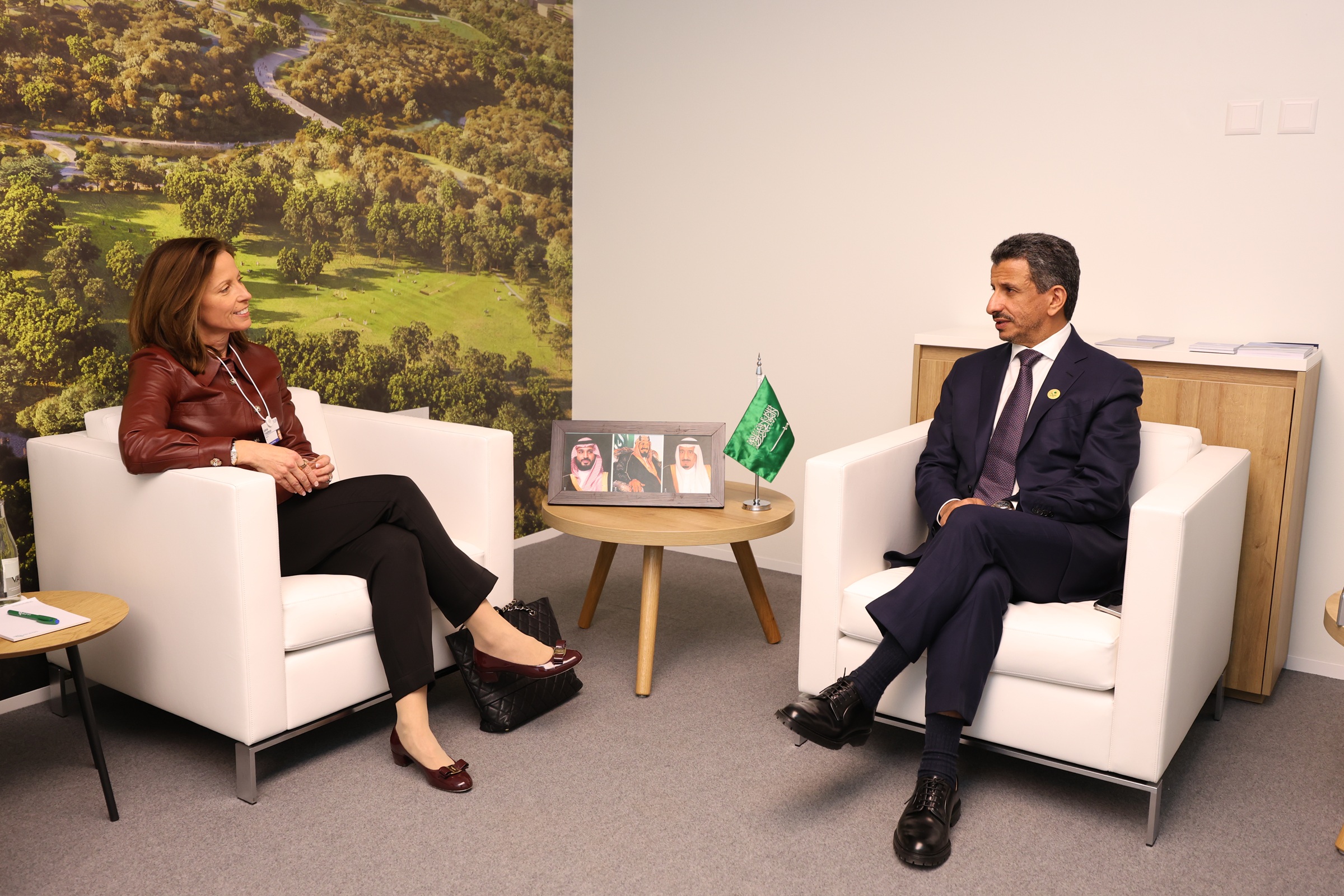The Dakar Rally is more than just a motorsport competition; it’s a symphony of endurance, cutting-edge innovation, and the unparalleled beauty of the desert. The 2025 edition, hosted for the sixth consecutive year in Saudi Arabia, has once again captured the imagination of the world. From January 3 to 17, competitors are navigating the kingdom’s vast landscapes, turning its majestic dunes and rocky terrains into the ultimate arena for adventure.
This year’s rally introduces an intriguing balance of tradition and modernity. Beginning in Bisha and culminating in Shubaytah, the 14-day journey spans 12 stages and showcases the diverse topography of Saudi Arabia. One of the most anticipated elements is the 48-hour "chrono" marathon stage, a grueling 950-kilometer test of both resilience and mechanical ingenuity, where competitors rely solely on their skills without external assistance. Adding to the excitement, separate routes for cars and bikes on five stages ensure safety while elevating the intensity of the competition.
The opening stages have already delivered the drama that defines the Dakar. Seth Quintero, an American competitor, emerged as the early leader, but only after showing remarkable sportsmanship by assisting Laia Sanz, a fellow competitor who faced difficulties. This selfless act encapsulates the unique camaraderie that distinguishes the Dakar from other races. Yet, the rally’s unyielding nature has also claimed its share of heartbreak. Sanz, a legendary figure with 15 consecutive Dakar finishes, was forced to withdraw after an accident. Her absence is a poignant reminder of the rally’s unforgiving challenges, even for the most seasoned participants.
Beyond the adrenaline and grit, the Dakar Rally is a transformative force for the regions it traverses. In Saudi Arabia, the event has become a catalyst for economic growth and cultural exchange. Remote communities along the rally’s route, from AlUla to the Empty Quarter, are experiencing a surge in visibility. This newfound spotlight brings tangible benefits, such as increased tourism, investments, and opportunities for local businesses. In Hail, for example, artisans showcased traditional crafts to rally visitors, turning their heritage into a source of pride and income.
The impact of the Dakar isn’t confined to Saudi Arabia. Over the years, the rally has left a lasting legacy in other countries. In Argentina, where the event was held from 2009 to 2019, the rally revitalized adventure tourism, especially in regions like Salta and Mendoza. Bolivia’s high-altitude stages during the event’s South American tenure not only drew global attention but also spurred infrastructure development and positioned the country as a destination for extreme sports. Similarly, Peru’s hosting of the rally created ripples across its tourism sector, promoting lesser-known areas like Pisco and Paracas.
Saudi Arabia’s continued investment in hosting the Dakar aligns with its broader Vision 2030 goals, which aim to diversify the economy and establish the kingdom as a global tourism destination. The rally, with its unique blend of adventure, heritage, and modernity, is a powerful tool in reshaping perceptions and inviting the world to discover the rich tapestry of Saudi culture and landscapes.
As the 2025 Dakar unfolds, it is not just a race—it’s a narrative of resilience, discovery, and collaboration. For the competitors, it is a test of their limits. For the spectators, it’s an inspiring spectacle. And for Saudi Arabia, it’s a golden opportunity to showcase its treasures while empowering its communities. The Dakar Rally remains a journey of transformation, one that transcends motorsport to leave an indelible mark on the lands and lives it touches.

